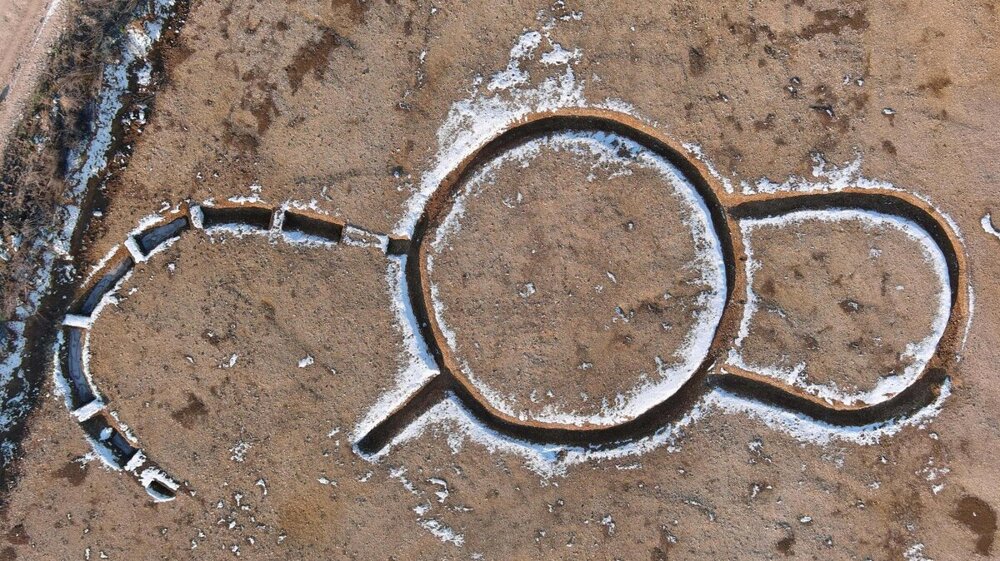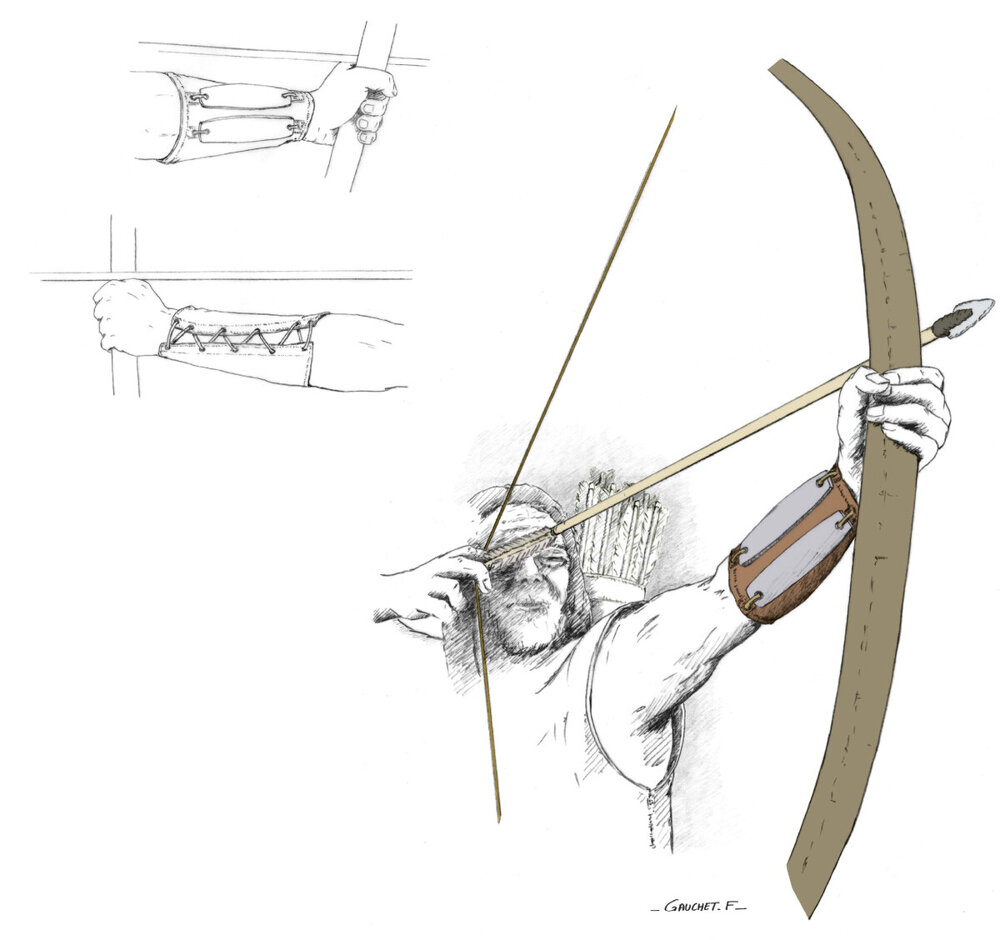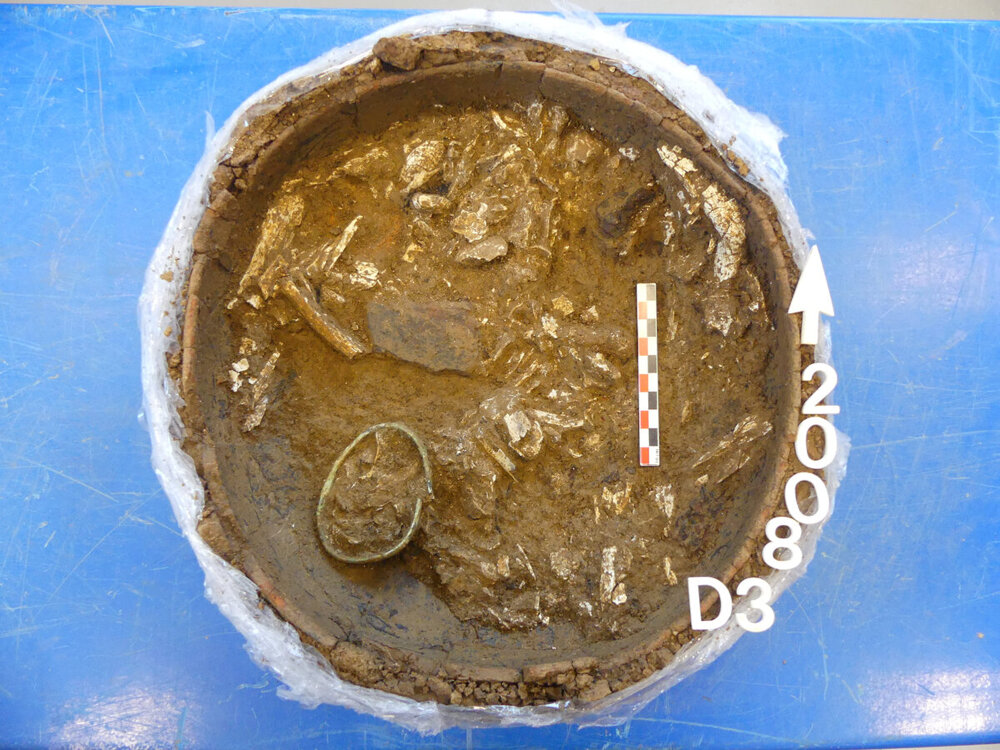In France, archaeologists discovered a mysterious structure that has no analogues (6 photos)
Not far from the French commune of Marlien, work began this winter to expand a gravel quarry located in a nearby valley. Before starting work, the area had to be checked by archaeologists from the National Institute of Archaeological Research. 
General view of the excavation site in Marlien
Having studied tens of thousands of square meters of land, researchers discovered many artifacts from different eras and a unique prehistoric structure, the purpose of which became a mystery.
There were definitely three areas that needed to be explored. The total area was more than 60,000 square meters. Experts have identified several archaeological sites from the Neolithic to the Early Iron Age. One of these was a structure of an unusual shape. 
A unique structure of an unusual shape, the purpose of which archaeologists know nothing about
It consisted of three elliptical fences of different shapes. The largest central one had the shape of a fairly even circle whose diameter was approximately 11 meters. The right one, as the researchers put it, looked like a horseshoe 8 meters long. On the other side, an open area adjoined the central fence. Upon examination, it was discovered that the side fences were filled with gravel, likely indicating that the area was surrounded by a palisade. 
Researchers from the National Institute of Archaeological Research at excavations near the commune of Marlien
Archaeologists shrug their shoulders, because they have never encountered structures of such a structure before. Even the age of the site is not yet known, but several Neolithic flint artifacts have been found around the site that may relate to the site. And if this is indeed the case, then we can say that the structure was erected during the Neolithic period. In Europe it began around the 7th millennium BC. Whether this is true or not, scientists will be able to find out only from the results of radiocarbon dating. 
Flint tips, copper dagger, metal cuffs and fire flint dating back 4,500 years
In addition to Neolithic artifacts, archaeologists have discovered near the site many finds related to the so-called Bell-Beaker culture, which appeared at the beginning of the European Bronze Age, approximately 4,500 thousand years ago. The artifacts included seven flint arrowheads, a copper alloy dagger, archer's cuffs, and many other finds. 
Reconstruction of what metal cuffs for archers looked like
Among the outstanding artifacts, which are unlikely to relate to the mysterious structure, one can also include a burial dating back to 1500 - 1300 BC. It consisted of 5 small round fences. The largest of them was once a funeral pyre. Inside other enclosures there were burials with grave goods. Pottery shards and a necklace made of amber beads were also found here. Archaeologists encountered a similar structure with 6 burials 400 meters from the previous burial. Rings, bracelets and other jewelry were found in some burial pits. 
One of the burial pits in which the bracelet was discovered
All the artifacts found have yet to be studied, but the priority, of course, is the largest structure. There are no analogues to it and there is simply nothing to compare it with. Archaeologists have a lot of work ahead of them, so we wish the French researchers good luck.






























